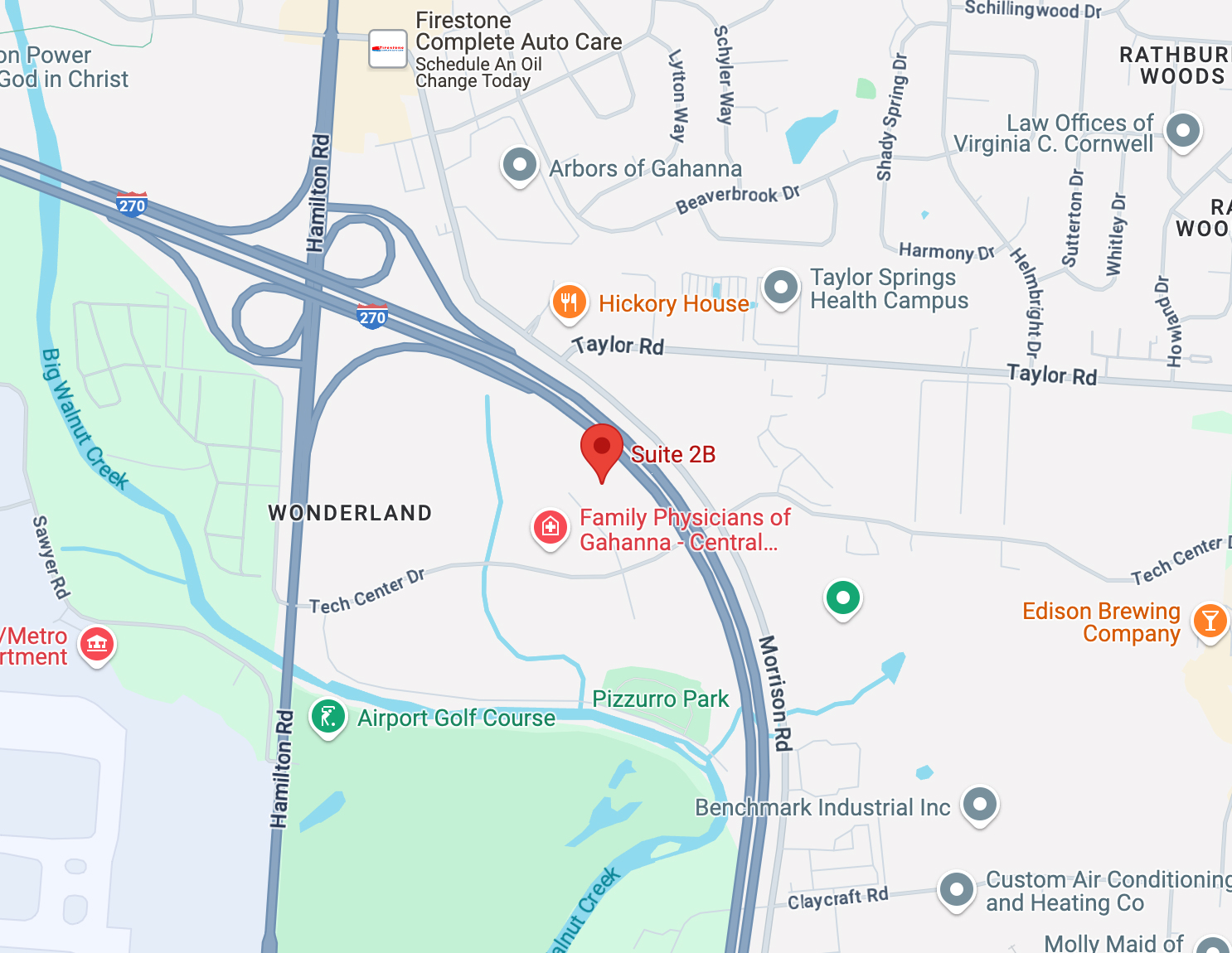Women Have Choices After a Mastectomy

With advances in reconstructive surgery, women have new choices to restore their breast’s appearance after a mastectomy due to breast cancer. Women may choosebreast reconstruction for various reasons including making their breasts look symmetrical, recapturing their breast’s contour, or eliminating the need for an external prosthesis. Convenience and self-confidence are key components to breast reconstruction.
Several types of surgical procedures are available for breast reconstruction. The simplest, when applicable, is for the surgeon to insert a breast implant behind the remaining muscle and then forming a mound resembling a normal breast. If a lot of breast tissue is removed, more skin can be created with a tissue expander, which is a balloon that is inserted under the muscle and skin. Over a few weeks, the expander is enlarged with moderately painless saline injections. During the next few months, the expander can be replaced with an implant; or occasionally, the expander is left in as the actual implant.
Another option is using the patient’s own tissue and skin to rebuild the breast, either borrowing them from the abdomen (a “TRAM”) or back (the latissimus dorsi). The tissue and skin are then used to recreate the breast. This may sometimes be combined with a breast implant. Regardless of where the tissue is obtained for the flap, this surgery is more complicated than skin expansion and requires a longer recovery. As a plus, however, when the breast is reconstructed from the patient’s own tissue, the results are usually more natural.
Three to six months after the initial surgery, the patient will likely undergo a second surgery. If a tissue expander was used during the first surgery, it will be replaced with an implant. Regardless of the method of reconstruction, during the second surgery more symmetry will be created between the breasts. This may involve lifting or shaping both the reconstructed breast and the healthy breast.
After the new breast has had time to heal, the patient can choose whether to have reconstruction of the nipple and areola (the dark area surrounding the nipple). Depending upon the patient’s progress, this reconstruction may be completed during the second surgery or require a third procedure.
Breast reconstruction can be completed at the time of mastectomy or delayed, especially when post-operative radiation therapy is necessary. The process of reconstruction can take a year to complete, but for a majority of mastectomy patients, breast reconstruction significantly improves their appearance and confidence as well as their self-image.
(Jason B. Lichten, M.D., is a plastic, reconstructive and cosmetic surgeon at Fairfield Medical Center. His office phone number is 740-653-5064. He is accepting new patients.)



